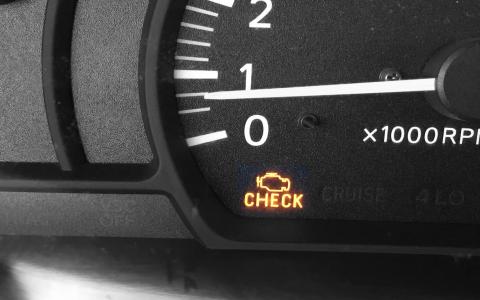Sixth generation
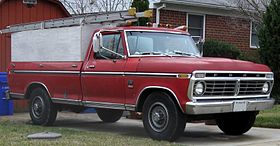
ManufacturerFord Motor Company
Production1973–1979
AssemblyDearborn, Michigan, USA
Edison, New Jersey, USA
Kansas City, Missouri, USA
Louisville, Kentucky, USA
Norfolk, Virginia, USA
San Jose, California, USA
St. Paul, Minnesota, USA
Wayne, Michigan, USA
Cuautitlan, Mexico
General Pacheco, Argentina
Oakville, Ontario, Canada
PredecessorFord F-Series fifth generation (1967-1972)
SuccessorFord F-Series seventh generation (1980-1986)
ClassFull-size pickup truck
Body style2-door pickup
4-door pickup
LayoutFront engine, rear-wheel drive / four-wheel drive
Engine240 CID (3.9 L) I6
300 CID (4.9 L) I6
360 CID (5.9 L) FE V8
390 CID (6.4 L) FE V8
302 CID (5.0 L) Windsor V8
460 CID (7.5 L) 385 V8
351 CID (5.8 L) 335 V8
400 CID (6.6 L) 335 V8
RelatedFord Bronco
The Ford F-Series was redesigned in 1973; the grille featured two silver-metallic plastic inserts divided by an aluminum bar that was part of the main grille frame, with the letters "F O R D" spaced out in a thin rail in the upper part of the grille. Large round headlights were on either side of the grille with the park/turn signal lamps placed above in the same rail where the "FORD" lettering was. Medium-duty models, however, weren't redesigned as drastically as the light-duty trucks. In fact they were incredibly similar to the fifth-generation medium-duty F-Series trucks. In 1976, this familiar "split-grille" design was facelifted slightly to feature black accents around the headlights and a refined appearance overall. In 1978, the round headlight design was retained for the regular Ranger and Custom trim levels. The XLT and "Lariat" trim level incorporated rectangular headlights with optional chrome headlight doors and chrome grille insert. The split grille design was overhauled in favor of a single-piece grille insert design. The headlights were also placed in a more stylized "insert" themselves, and the park/turn signal lamps were now placed below the headlights. Additionally, a new chrome-plated "F O R D" letter set could now be seen on the hood immediately above the grille. A luxury Lariat trim was also introduced for 1978. In 1979, the round headlights were replaced by rectangular headlamps across all the trim levels and the surrounding grille insert that framed the headlamps was now available in either black, or chrome to match that of the aluminum grille frame.

![]()
The similarities between 1967 and 1972 medium-duty F-Series, compared to those made between 1973 and 1979.
In 1973, a new model was offered, the F350 SRW (single rear wheel) pickup. These were a new heavy-duty pickup with contractors and camping enthusiasts in mind. The trucks rode on a longer-wheelbase chassis but were the same overall length as an F250 pickup. If you ordered the Camper Special package on an F350 SRW it became a Super Camper Special which was designed for the much heavier slide-in campers coming on the market at that time. Other changes included the 1974 introduction of the extended cab version, dubbed SuperCab. The F-150 was introduced in 1975 to help circumvent coming emissions requirements. These came with a maximum payload of 2,275 lb (1,032 kg) when properly equipped. With the 1/2 ton F-100 still in production, the new F-150 was referred to as the "heavy half" ton by some people.
In 1976, the F-series became the best-selling truck in America, a position it has continued to hold ever since. This generation is noted for the durability of the body panels as Ford used extensive amounts of galvanized sheet metal to fight corrosion. 1977 was the first year for smaller cowl insignias moved near the windshield and the last year for the medium-duty F-500.
The GVWR ratings for these trucks was tied to a combination of wheel, spring, axle and brake combinations. The series code on the ID tag denotes which model and from that it can be determined what weight rating each vehicle has. 4×4 trucks can also be identified by the Vehicle Identification Number and on the ID plate as a serial number. For example, F10 is an F-100 2-wheel drive, but F11 is an F-100 4×4, and so on. Serial numbers beginning with an "X" are SuperCab models.
Starting in 1978, Ford redesigned their Ford Bronco and based it upon the F-150. The Bronco was now nearly identical to the F-150 with the addition of a removable camper shell. The new Bronco incorporated design characteristics which eliminated leaky roofs and body flex associated with other full size removable top utility vehicles of the era. This allowed Ford to compete better with the Chevrolet Blazer by offering a larger and more luxurious SUV while minimalizing production costs since many (especially the most complex and expensive) parts were shared with the F-series trucks. The Bronco was only offered with the 351M and 400 V8 engines.
Models:
- F100 F101 F102 F103 F104 F105 F106 F107 F108 F109 F10N: 1/2 ton (4,550–5,700 GVWR max)
- F110 F111 F112 F113 : 1/2 ton (4×4)(5,250–6,500 GVWR max)
- F150 F151 : "heavy" 1/2 ton (6,050–6,200 GVWR max)
- F140 F141 F142 F143: "heavy" 1/2 ton (4x4)(6,050–6,500 GVWR max)
- F250 F251 F252 F253 F254 F255 F256 F257 F258 F259: 3/4 ton (6,200–8,100 GVWR max)
- F260 F261 F262 F263 F264 F265 F266: 3/4 ton (4×4) (6,500–8,400 GVWR max)
- F350 F350 F351 F352 F353 F354 F355 F356 F357 F358 F359 F35P: 1 ton (6,000–10,000 GVWR max)
- F-360: 1 ton (4×4) (8,550 GVWR max)
Engines:
EngineYearsPower (SAE net)
240 CID Straight-61973–77
300 CID I61973–79
302 CID Windsor V81969–72130 hp (97 kW)
360 CID FE V81973–76145 hp (108 kW)
390 CID FE V81973–77195 hp (145 kW)
460 CID 385 V81973–79200–220 hp (150–162 kW)
351 CID 351M V81977–79150 hp (110 kW)
400 CID 400 V81977–79169 hp (126 kW)

1973–1975 Ford F-100 XLT

1977 Ford F-150 Explorer

1978 – 79 Ford F100 Custom XLT, with right-hand drive in Australia

1978 Ford F-250
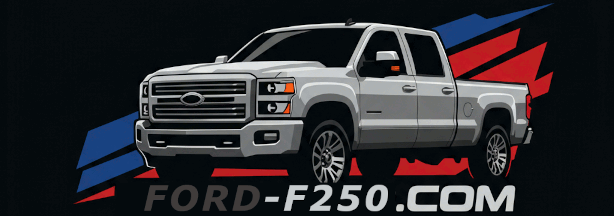

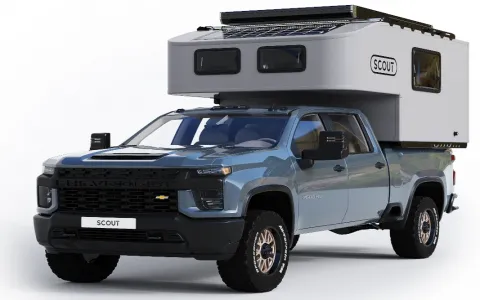
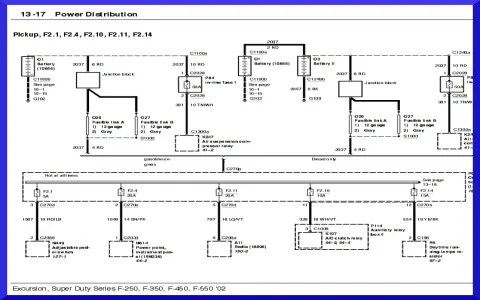

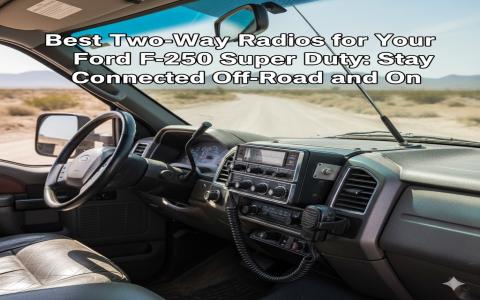


![What Ford F150 is Best for Towing ? [Full Guide]](/sites/default/files/styles/frontpage_stories/public/2025-04/f250-camping.webp?itok=6Ah370zB)
